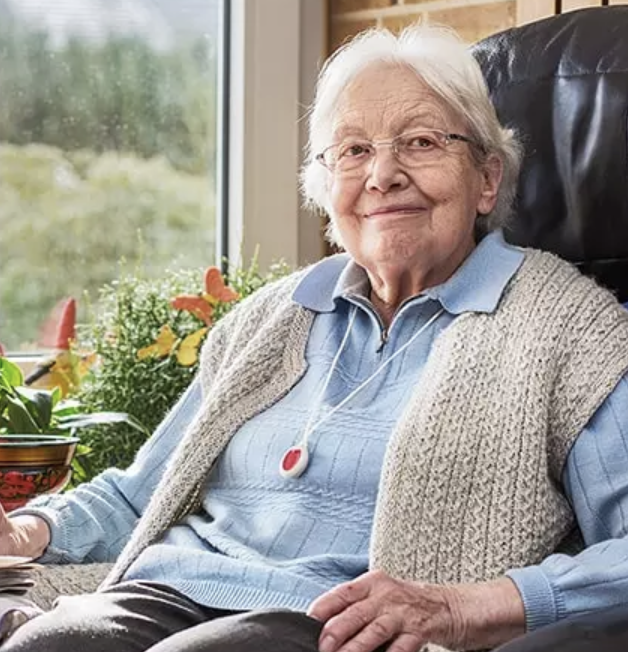
Chronic back pain is a common issue that can significantly affect the quality of life for many seniors. While it may not be entirely preventable, there are effective ways for older adults to cope with and manage chronic back pain. In this article, we will explore various strategies and solutions, including lifestyle changes, exercises, and pain management techniques, to help seniors find relief and improve their overall well-being.
Chronic back pain is a prevalent issue among seniors, affecting their daily activities and overall quality of life. Understanding the causes and effective management strategies is crucial for alleviating discomfort and promoting a better quality of life.
Find YOUR ideal care home NOW!
Understanding chronic back pain:
Chronic back pain persists for three months or more and can stem from age-related wear and tear, arthritis, spinal conditions, or past injuries. Managing it requires a holistic approach addressing physical, psychological, and lifestyle factors.
Lifestyle changes for pain management:
1. Maintain a healthy weight: Achieving and maintaining a healthy body weight reduces stress on the spine.
2. Ergonomic modifications: Ensure supportive furniture and workstations to promote good posture.
3. Stay active: Engage in low-impact exercises like walking or gentle yoga to strengthen the back.
4. Quit smoking: Smoking impedes healing and worsens back pain; quitting can have significant benefits.
Exercises for back pain relief:
1. Core strengthening: Exercises like planks and bridges strengthen core muscles to support the spine.
2. Stretching: Regular stretching improves flexibility and reduces tension in back muscles.
3. Aerobic exercise: Low-impact activities enhance overall fitness and alleviate back pain.
4. Physical therapy: Work with a physical therapist for a tailored exercise program.
Pain management techniques:
1. Over-the-counter medications: Use acetaminophen or NSAIDs under healthcare professional guidance.
2. Prescription medications: Stronger medications or muscle relaxants may be prescribed in some cases.
3. Heat and old therapy: Experiment with heat or cold packs to alleviate pain and reduce inflammation.
4. Alternative therapies: Acupuncture and massage can provide relief for some individuals.
5. Mind-body techniques: Practice mindfulness meditation and relaxation to manage chronic pain.
Psychological support:
Addressing the emotional impact of chronic pain is essential. Seek support from mental health professionals or support groups to cope with anxiety, depression, or reduced quality of life.
Managing chronic back pain in seniors requires a comprehensive approach involving lifestyle modifications, exercises, pain management techniques, and psychological support. By working closely with healthcare providers and adopting proactive strategies, seniors can find relief, improve mobility, and enhance their overall well-being despite chronic back pain.
Need help finding a care home?
Senior Home Plus offers free personalized guidance to help you find a care facility that suits your health needs, budget, and preferred location in the UK.
Call us at 0203 608 0055 to get expert assistance today.
Do you need a care home for yourself or your loved one?
Search for Care Homes by Region
| East Midlands | Eastern | Isle of Man |
| London | North East | North West |
| Northern Ireland | Scotland | South East |
| South West | Wales | West Midlands |
| Yorkshire and the Humber |
Share this article :
Latest posts
You are looking for an establishment for your loved one ?
Get availability & prices
Fill in this form and receive
all the essential information
We would like to inform you of the existence of the opposition list for telephone canvassing.









